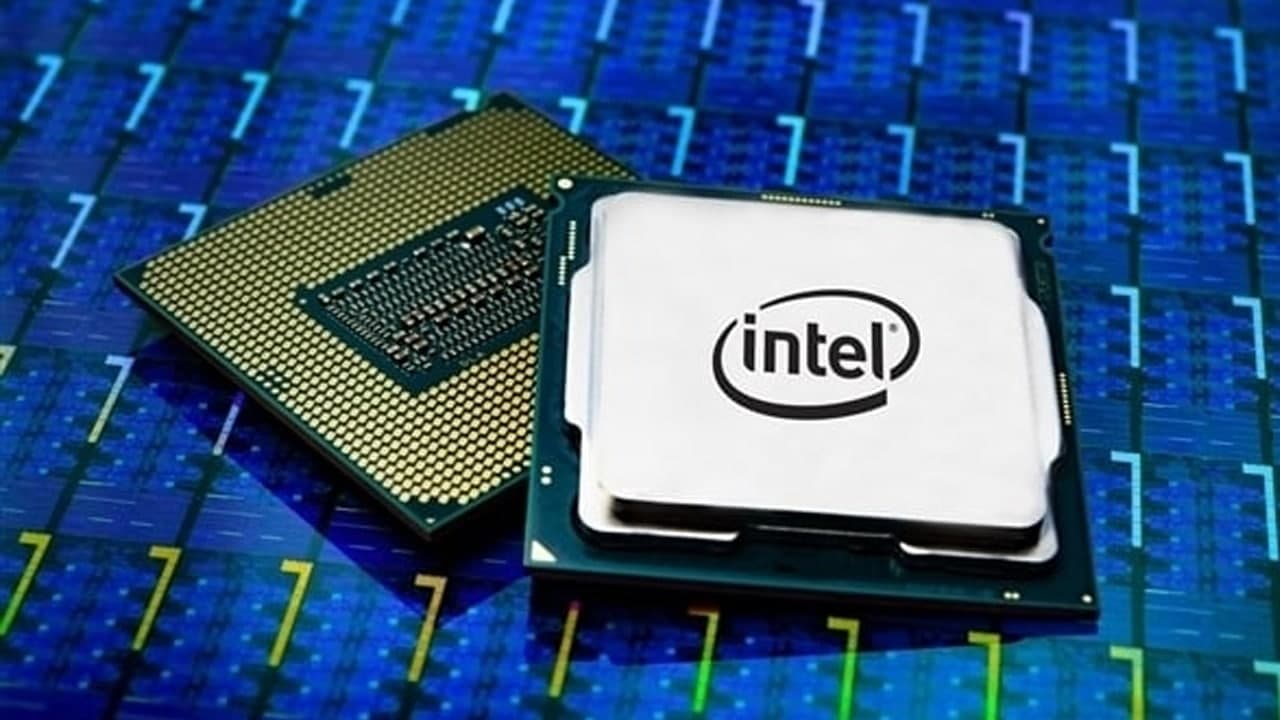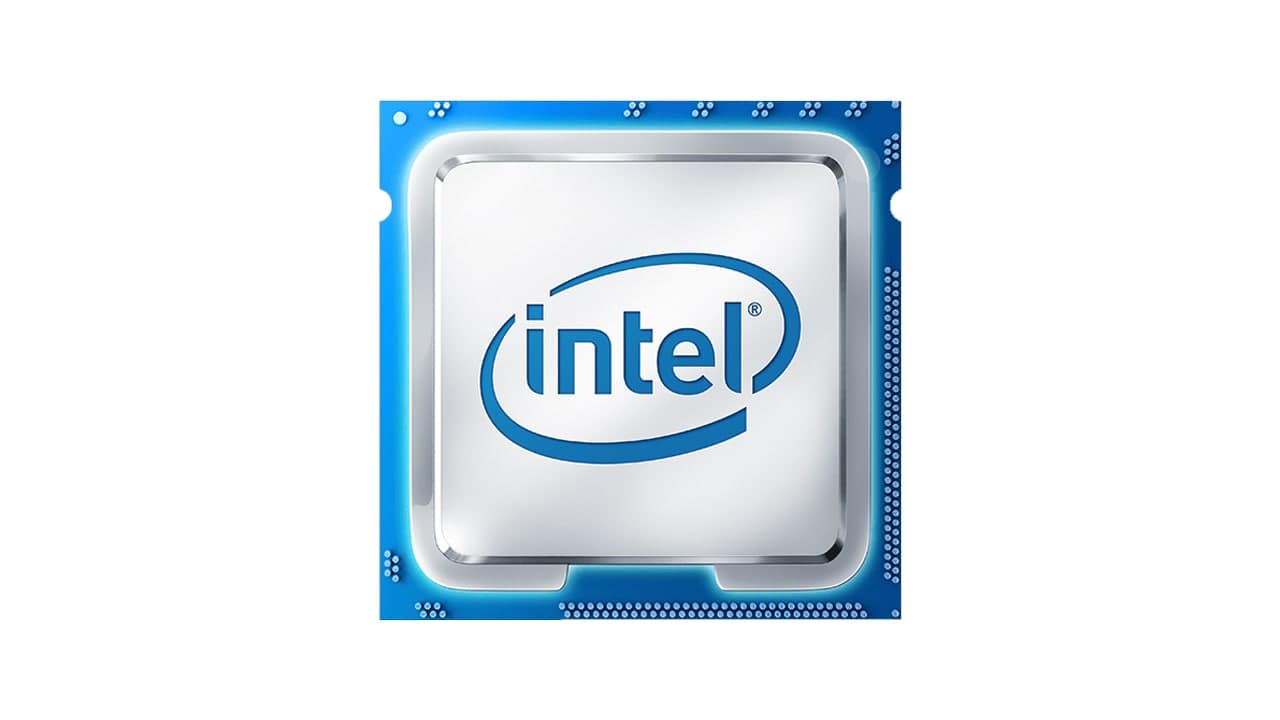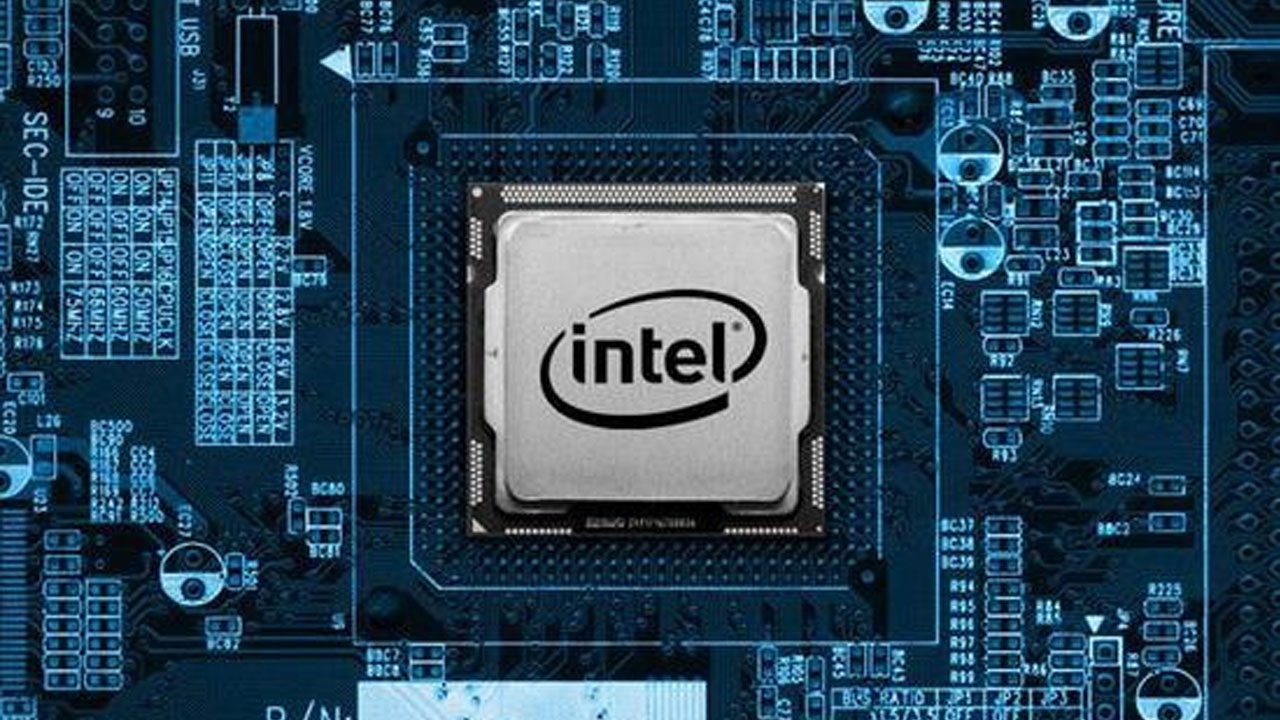Intel’s first-quarter earnings report showed that its performance easily exceeded Wall Street’s expectations. During the COVID-19 pandemic, continued strong PC sales made up for the weak demand for data centers.
Although slightly raised its performance expectations for the rest of this year, Intel’s stock price still fell 3% in after-hours trading on the US stock market on Thursday. The main reason is that as Intel tries to reverse the current disadvantages, the company’s profit margins continue to decline and capital expenditures continue to rise.
This is Intel’s new CEO Pat Gelsinger’s first financial report since he took office. Gelsinger put forward ambitious plans last month, hoping to return Intel to the forefront of chip manufacturing. He also proposed a new strategy to make Intel a foundry that can manufacture chips for other companies.
Gelsinger said on Thursday that Intel’s foundry business has attracted a lot of attention since its inception. He told analysts that more than 50 potential customers have expressed interest.
However, Intel currently predicts that this year’s gross profit margin will drop to less than 55%, which is lower than the historical level of approximately 60%. In addition, the company’s capital expenditures this year may reach 20 billion U.S. dollars, higher than last year’s 14.3 billion U.S. dollars.
Due to relying more on the low-margin PC business, the cost of upgrading the 10-nanometer process, and the start-up cost of the 7-nanometer process, Intel’s profit margin is under great pressure. American chip industry analyst Patrick Moorhead (Patrick Moorhead) believes that the decline in profit margins in the first quarter indicates that Intel’s business is leaning toward low-margin products and increased competition in the data center market. In the first quarter, Intel’s gross profit margin fell by more than 6 percentage points.
Although the tight supply chain in recent months has affected the entire industry, and rival AMD also took the opportunity to make good progress in the CPU market, Intel’s sales in the first quarter remained healthy. Intel said that the PC business revenue increased 8% in the quarter to 10.6 billion US dollars, and the data center business revenue fell 20% to 5.6 billion US dollars.
Gelsinger said that during the epidemic, the closure of offices and schools has led to a huge demand for home PCs, which means that in 2021, “the largest PC market in history is forming”. In some markets, PC sales increased by 30% in the first quarter. Global PC sales reached a peak of 350 million units in 2012, and fell to less than 260 million units in 2018, but exceeded 300 million units again last year.
Some analysts expressed concern about the decline in sales of Intel’s data center business. The data center business has become Intel’s main growth engine in recent years. Intel executives said that this decline shows that large cloud computing companies have “digested” their previous inventory of chips, and related expenses have come to a halt in the short term. However, for the rest of this year, the business will resume growth.

Excluding the $1.1 billion in revenue from the sale of the NAND flash memory business to SK Hynix, Intel’s formal revenue in the most recent quarter was $18.6 billion, which was flat year-on-year. Regardless of the impact of a US$2.2 billion patent lawsuit, Intel’s formal profit for the quarter was US$1.39 per share.
Wall Street had previously estimated that Intel’s revenue for the quarter was US$17.8 billion and earnings per share were US$1.15. Based on official accounting standards, Intel’s net profit fell 41% to US$3.4 billion, and its profit per share fell 37% to US$0.82.
|VIA|














